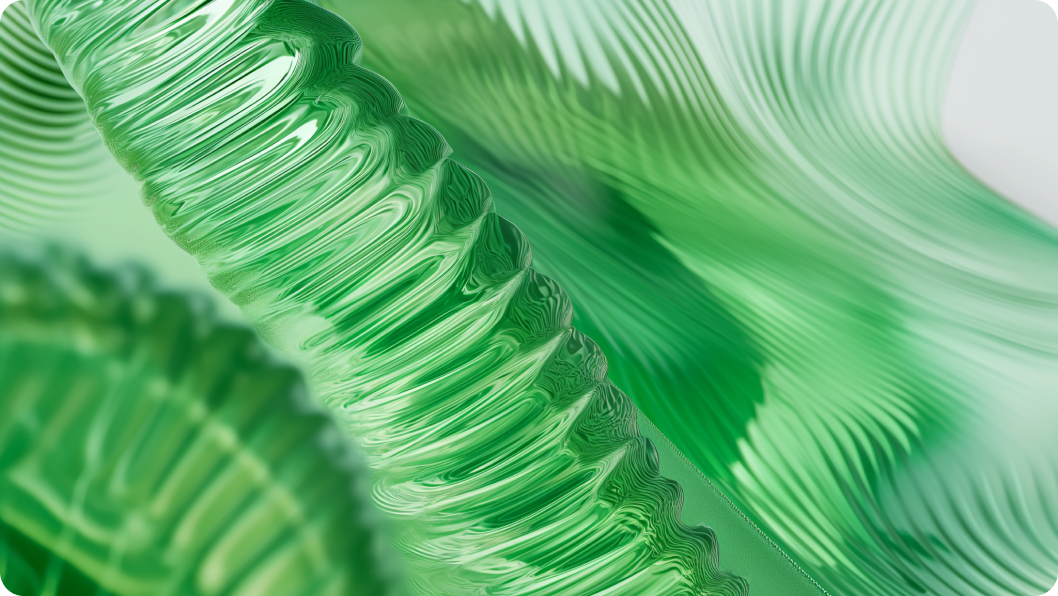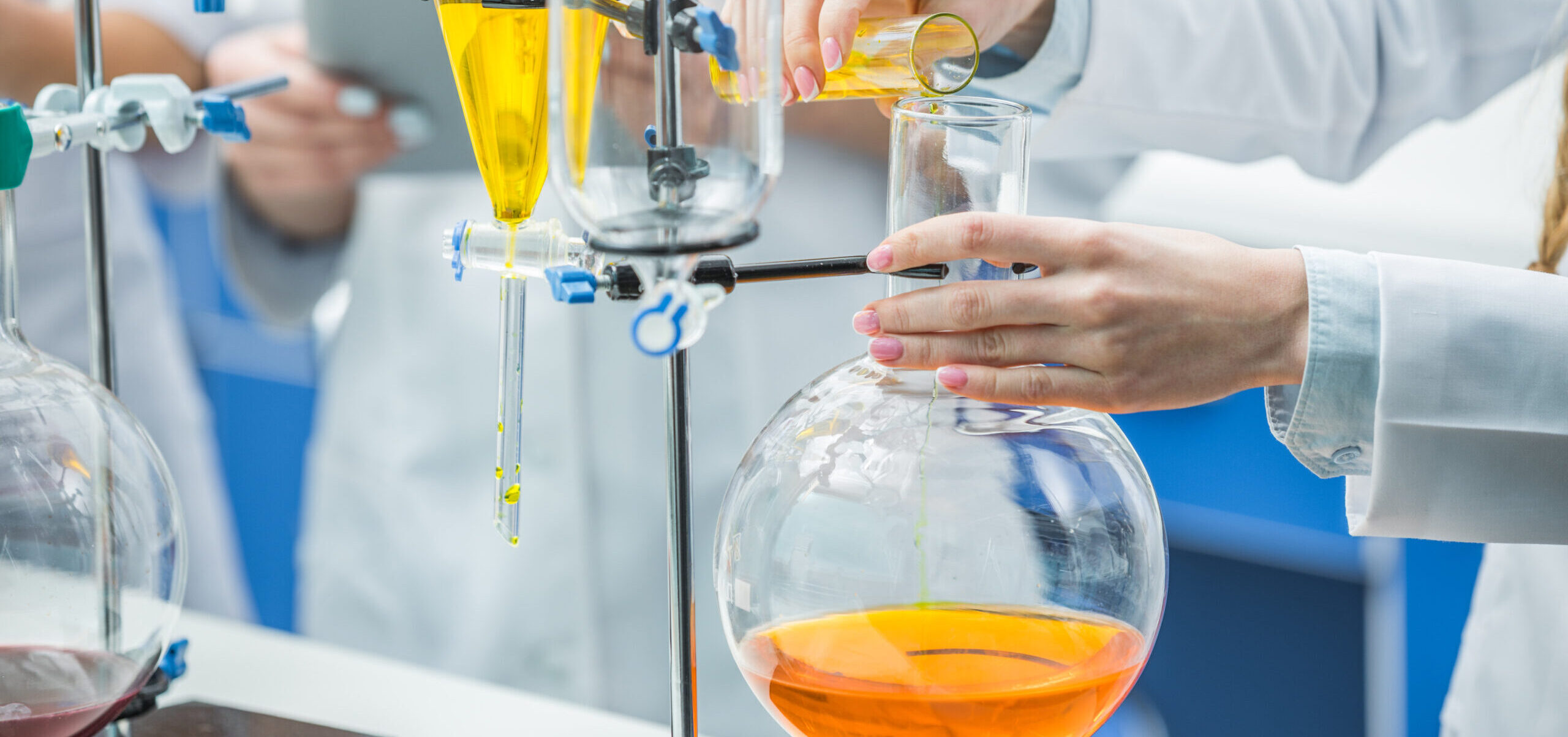Identification of the chemical composition of the foam surrounding young individuals of Aphrophora alni (froghoppers: Aphrophoridae).
The aim of this study was to analyze the chemical composition of the nymphal foams collected from froghoppers belonging to the species Aphrophora alni (family Hemiptera Aphrophoridae). The foam was collected in Poland, in the Mazowieckie Voivodeship, between 2020 and 2022. The foam was collected from nymphs feeding on young leaves of black alder (Alnus glutinosa), from 12 different areas.
For the first time, the chemical composition of the foam produced by the froghopper was accurately analyzed, identifying from 73.76 to 93.21 percent.

Arthropods:
Arthropods, including insects, constitute the largest group of organisms living on Earth in terms of both taxonomic diversity and biomass. Approximately one million species of insects have been described to date, making them more than half of all known organisms (Chapman, 2009). Insects inhabit nearly every environment except marine, which is dominated by another group of arthropods, crustaceans. Due to their diversity and abundance, insects have a tremendous impact on ecosystem functioning and the cycling of elements in nature. Inhabiting diverse habitats, subject to various abiotic factors, and interacting with other species (defense against predators, parasitism, herbivory), insects have had to produce extremely diverse metabolites that have enabled them to survive and achieve such immense evolutionary success.

Froghoppers:
Froghoppers belonging to the family Aphrophoridae (Hemiptera: Aphrophoridae) produce diverse secretions with which they cover their bodies. These secretions are produced in the Malpighian tubules, secreted from the digestive system, and then spread on the surface. This behavior is observed in both adults and nymphs. Nymphs of froghoppers from the family Aphrophoridae exhibit very unusual behavior. They produce foam, which they cover themselves with and feed under. The foam is created by the nymph through exhalation. It is believed that this foam protects the nymphs from predators, parasites, and adverse weather conditions.
Research Objective:
The objects of interest in this field of knowledge are all kinds of products related to insects or their symbionts, used in medicine and pharmacy, plant protection, or industry. The growing interest in insect-derived products, especially in Asian markets (China, Japan, South Korea), creates an increasingly favorable environment for research on the biology and evolution of insects, as well as substances derived from insects with potential human applications. The establishment in 2014 of the LOEWE Center for Insect Biotechnology and Biological Resources in Giessen, Germany, the first insect biotechnology center in Europe, is evidence of this. The immense diversity of insects offers entirely new and unexplored possibilities for obtaining new biologically active substances with promising properties. However, first, the chemical composition of the substances under study must be understood. The froth produced by Aphrophoridae nymphs is unexplored, and its chemical composition is very mysterious, with only limited information available in the literature about the substances that make up its composition. Therefore, the aim of this study was to examine the chemical composition of the froth produced by A. alni nymphs collected in Poland in the Mazowieckie Voivodeship between 2020 and 2022.

Research Findings:
The analyzed samples consisted mainly of carbohydrate polymers with sugar unit composition similar to fucoidans isolated from brown algae. The most important sugar units identified were fucose (17.0% – 35.6% of the dry weight of the secretion), glucose (6.1% – 16.2%), mannose (1.5% – 9.9%), rhamnose (0.4% – 1.3%), and xylose (0.06% – 0.1%). Additionally, various fatty acids, myo-inositol, pinitol, aliphatic hydrocarbons, waxes, and derivatives of aliphatic 2(3H)-furanone were detected. The collected foam contained from 0.05% to 0.1% of the dry weight. Significant changes in the chemical composition of the nymphs’ froth were observed depending on the year of collection, which is probably strongly associated with climate changes.
Similar Articles

Learn more about our ongoing projects and the range of services we offer.
Get in touch with us


 Read the article
Read the article
 Read the article
Read the article
 Read the article
Read the article